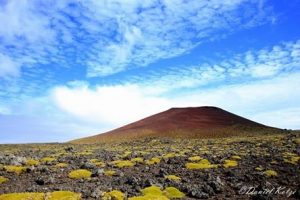Elwyn Jenkins (Department of English Studies, University of South Africa, Pretoria, South Africa) has published in the South African Geographical Journal on the derivations of some of the names accorded to geographical features at Marion Island, including the renaming of the island’s two highest peaks.
The paper’s abstract follows:
“Jules Verne, in his novel The Mysterious Island, depicts how people draw on various sources to name geographical features on an uninhabited island. This provides a model for analysing the names of Marion Island and its geographical features, which can be compared with the typology of the Australian National Placenames Survey (ANPS). A brief history of the naming of Marion Island itself precedes an account of the sources of the names for its features. There are similarities and differences between the kinds of sources used on Verne’s island, Marion Island, and the South African mainland and in the ANPS typology. Developments in recording the names on Marion Island and placing them on a map are described. Since 2001, public reaction to pre-democratic naming practices in South Africa has influenced practices related to Marion Island.”

Feature photograph: Ship’s Cove, Marion Island with Abseil and Dragon Rocks, photograph by André Botha
References:
Jenkins, E.R. 2007. Falling into place: The story of modern South African place names. David Philip: Cape Town.
Jenkins, E.[R.] 2016. The naming of uninhabited islands: Jules Verne’s The Mysterious Island and Marion Island. South African Geographical Journal DOI: 10.1080/03736245.2016.1211032.
John Cooper, Principal Investigator, Antarctic Legacy of South Africa, Department of Botany and Zoology, Stellenbosch University, South Africa, 17 August 2016

